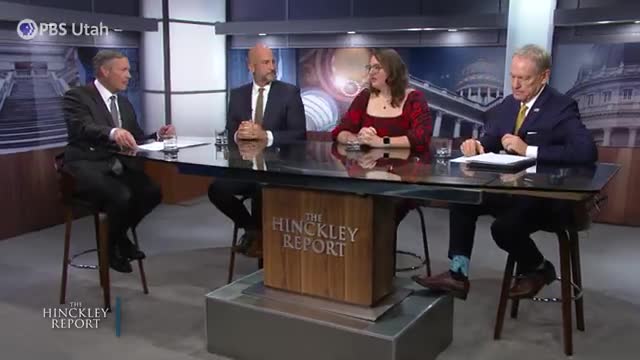Young Voters Disenchanted as Candidates Ignore Key Issues
This article was created by AI summarizing key points discussed. AI makes mistakes, so for full details and context, please refer to the video of the full meeting. Please report any errors so we can fix them. Report an error »

In a recent government meeting, discussions highlighted a concerning trend regarding young voter turnout in the latest elections. Analysts pointed out that many young voters, particularly from Gen Z and millennial demographics, felt disenfranchised and disconnected from the political dialogue presented by candidates.
Data revealed that while middle-aged and older voters consistently participated, younger voters largely stayed home, with many expressing dissatisfaction over the lack of engagement on issues that matter to them, such as climate action, affordable education, and social justice. The conversation underscored a belief that neither candidate effectively addressed these critical topics, with some suggesting that former President Trump may have resonated slightly more with younger voters than Vice President Harris.
The ongoing conflicts in Ukraine and Gaza were also cited as factors contributing to the apathy among young voters, who are increasingly disillusioned with political discourse that fails to reflect their concerns. The meeting emphasized the need for candidates to engage more meaningfully with younger constituents to foster a sense of inclusion and urgency around the issues they care about.
Data revealed that while middle-aged and older voters consistently participated, younger voters largely stayed home, with many expressing dissatisfaction over the lack of engagement on issues that matter to them, such as climate action, affordable education, and social justice. The conversation underscored a belief that neither candidate effectively addressed these critical topics, with some suggesting that former President Trump may have resonated slightly more with younger voters than Vice President Harris.
The ongoing conflicts in Ukraine and Gaza were also cited as factors contributing to the apathy among young voters, who are increasingly disillusioned with political discourse that fails to reflect their concerns. The meeting emphasized the need for candidates to engage more meaningfully with younger constituents to foster a sense of inclusion and urgency around the issues they care about.
View full meeting
This article is based on a recent meeting—watch the full video and explore the complete transcript for deeper insights into the discussion.
View full meeting